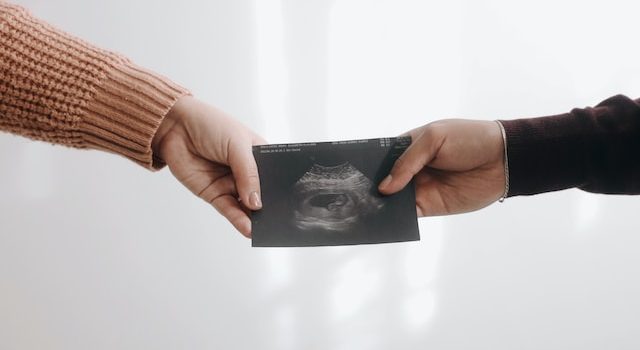
Introduction: In a groundbreaking development that holds promise for both scientific research and animal conservation efforts, researchers have made significant strides in inducing hibernation-like states in animals using ultrasound technology. This breakthrough opens up new avenues for conservationists to protect endangered species, study their physiology, and mitigate the impact of human activities. In this article, we delve into the potential implications of ultrasound-induced hibernation for animal conservation.
Understanding Ultrasound-Induced Hibernation: Ultrasound-induced hibernation involves using targeted ultrasound pulses to manipulate specific brain regions responsible for regulating metabolic functions. By stimulating these areas, scientists can induce a state resembling hibernation in animals, allowing them to conserve energy and survive in challenging environments.
Species Preservation: One of the most significant implications of ultrasound-induced hibernation is its potential to aid in the preservation of endangered species. Many endangered animals face threats due to habitat loss, climate change, and human activities. By inducing hibernation-like states, conservationists could potentially help these animals survive during periods of resource scarcity or environmental stress. This technique offers a novel tool for species preservation and could contribute to maintaining genetic diversity within threatened populations.
Reducing Stress during Captivity: For animals in captivity, stress is a significant concern that can negatively impact their health and well-being. Ultrasound-induced hibernation could provide a means to reduce stress and alleviate the negative effects of captivity. By inducing a dormant state, animals may experience reduced metabolic demands, allowing them to better cope with the challenges of captivity and potentially enhancing their overall welfare.
Facilitating Research and Conservation Studies: Ultrasound-induced hibernation also offers researchers the opportunity to study the physiology and behavior of animals in a controlled environment. By inducing hibernation-like states, scientists can closely monitor vital signs, track changes in metabolism, and gather valuable data that can help inform conservation strategies. This technique could significantly advance our understanding of how animals adapt to changing environments and provide insights into their reproductive cycles, migration patterns, and responses to external stressors.
Mitigating Human-Wildlife Conflicts: Human-wildlife conflicts pose a significant threat to both animal populations and human communities. Ultrasound-induced hibernation has the potential to mitigate these conflicts by temporarily reducing animals’ metabolic rates during critical periods. For example, inducing hibernation-like states in certain species during seasons when they come into conflict with human activities, such as crop raiding or predation on livestock, could help minimize these interactions and reduce the need for lethal measures.
Ethical Considerations and Research Challenges: While the potential of ultrasound-induced hibernation in animal conservation is promising, it is crucial to address ethical considerations and overcome research challenges. Strict ethical guidelines must be established to ensure the well-being of animals during hibernation induction and recovery. Additionally, extensive research is necessary to understand the long-term effects, potential risks, and optimal protocols for inducing hibernation in different species.
Conclusion: Ultrasound-induced hibernation presents a revolutionary approach to animal conservation efforts. From species preservation to reducing stress in captive animals and facilitating research, this technique holds immense potential for the field of conservation biology. However, ethical considerations, further research, and collaboration between scientists, conservationists, and regulatory bodies are essential to ensure the responsible and effective use of this technology. As we continue to explore the implications of ultrasound-induced hibernation, we may unlock innovative strategies to safeguard endangered species and create a more harmonious coexistence between humans and wildlife.










